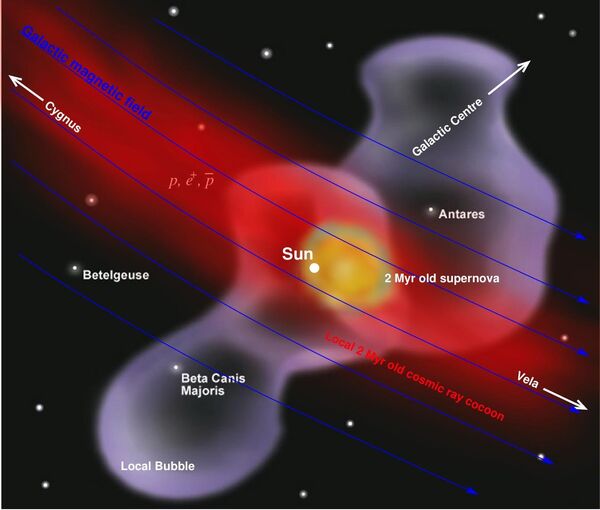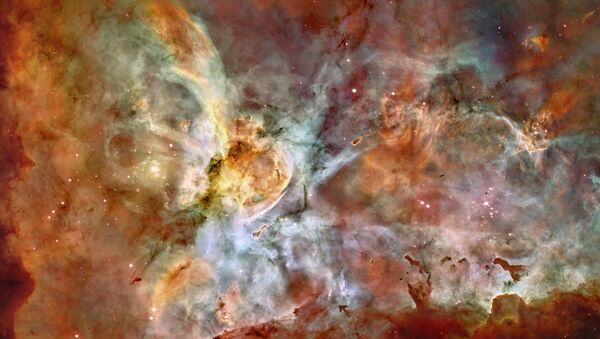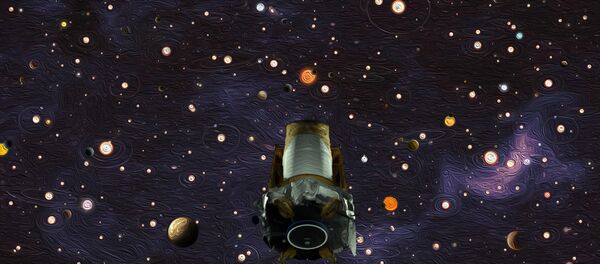Researchers, including from the Lawrence Livermore National Laboratory (LLNL), have for the first time detailed quantitative measurements of the magnetic field structure of plasma filamentation driven by the Weibel instability, which is present in some electromagnetic plasmas. The results of the research have been published in Physical Review Letters.
The physicists thereby depicted the processes underlying the formation of collisionless shocks - phenomena typically observed in astrophysical reality, such as the expansion of supernova explosions into the interstellar medium.

The particles from these explosions and the interstellar medium are estimated to be of low density, which allows them to travel light-years without colliding.
Meanwhile, the plasma is capable of self-generating strong magnetic and electric fields, where streams intertwine and clump into new ones due to the Weibel instability. The plasma adds a lot to these magnetic fields until they are amplified to such an extent that the flow stops and a collisionless shock occurs.
The powerful magnetic fields that go hand in hand with such shocks even appear to make themselves seen, in a sense: their turbulent motion in the plasma accelerates charged particles boosting energy and producing cosmic rays that can be observed on Earth.
"The aim of the experiments is to investigate the dynamics of the Weibel instability", commented George Swadling, an LLNL physicist and lead author of the paper.
He went on to state that while the effects of filamentation, which is observed when magnetic fields wrap around plasma flows, have been studied in previous experiments using proton-radiography, no direct measurements had been made of the plasma dynamics.
The processes occur at scales too minute to observe in astrophysical systems, so lab experiments have provided “the best opportunity to be able to test the theoretical models", he stressed.


